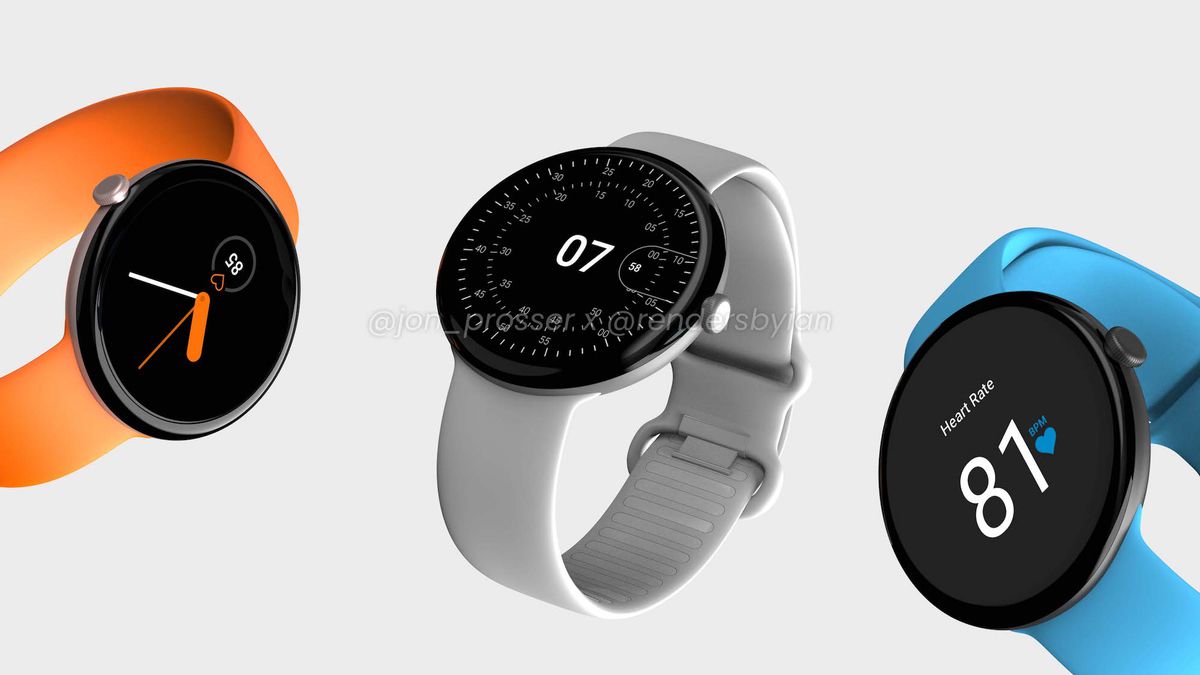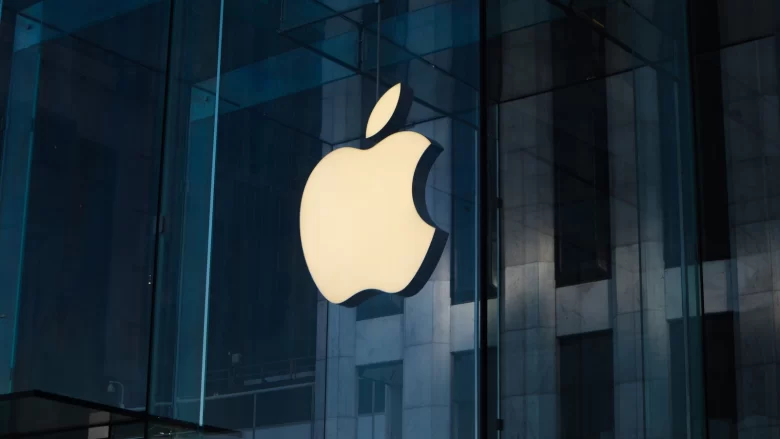
Google has made a variety of devices that run its platform, often positioning them as exemplars of those operating systems. The Nexus and Pixel devices, for example, are the epitome of Google’s vision for Android, while the Pixel Chromebooks show OEMs and users how Chrome OS is supposed to behave. Google even has smart speakers that demonstrate the power of Google Assistant at home. The one kind of device that’s still missing from the company’s catalog is a smartwatch, but the Pixel Watch’s debut might finally be at hand, and it will come with some interesting but not entirely surprising changes to the Wear OS experience.
Google has long been using its own “spin” on the Android experience, even during the Nexus days. With the Pixel phones, however, it has taken on a stronger flavor, one that is made exclusive to Google’s devices. This “Pixel Experience,” while still considered stock Android, conveys what Google has in mind with the end-user experience for Android phones.
It seems that it will be doing the same for Wear OS, according to tidbits unearthed by 9to5Google, specifically with the mention of a certain “PIXEL_EXPERIENCE_WATCH” feature tag. Google probably paved the way for this when it modified Wear OS 3 to be more open to OEMs changing the skin on top, just like on Android phones. We’ve seen this in action with One UI for Wear OS on the Galaxy Watch 4 series, so it’s not entirely surprising that Google would also implement its own Pixel Experience for Wear OS.
This suggests that there will be features exclusive to this upcoming Pixel Watch, and a new Google Assistant, specifically the “next-gen Google Assistant,” sounds the most plausible. This more advanced AI-powered Assistant has sorely been missing in Wear OS, and it’s high time it made its debut on a device that is meant to be driven more by voice than tapping on a small screen.
Google’s first formal smartwatch might also have one thing that most Wear OS smartwatches don’t. Ever since it was called Android Wear, the vast majority of smartwatches running Google’s software platform also ran on Qualcomm’s silicon. The lone exception, of course, is Samsung, and it might be joined soon by the Pixel Watch.
The same sleuthing revealed hints that “Rohan,” believed to be the codename for the Pixel Watch, will be running on an Exynos chip rather than a Snapdragon Wear. It won’t be too much of a shock since the Galaxy Watch 4, the first Wear OS 3 device, naturally used Samsung’s chipset. Google and Samsung also collaborated on the Tensor processor in the Pixel 6, so that partnership might have extended to smartwatches as well.
A Google-made smartwatch has been in the rumor mill for years, but the hints are now piling up, pointing to an imminent release. The newly-released Wear OS 3 emulator, for example, proved to be filled with such clues, suggesting that it might just be a few months before the Pixel Watch finally becomes a reality.









